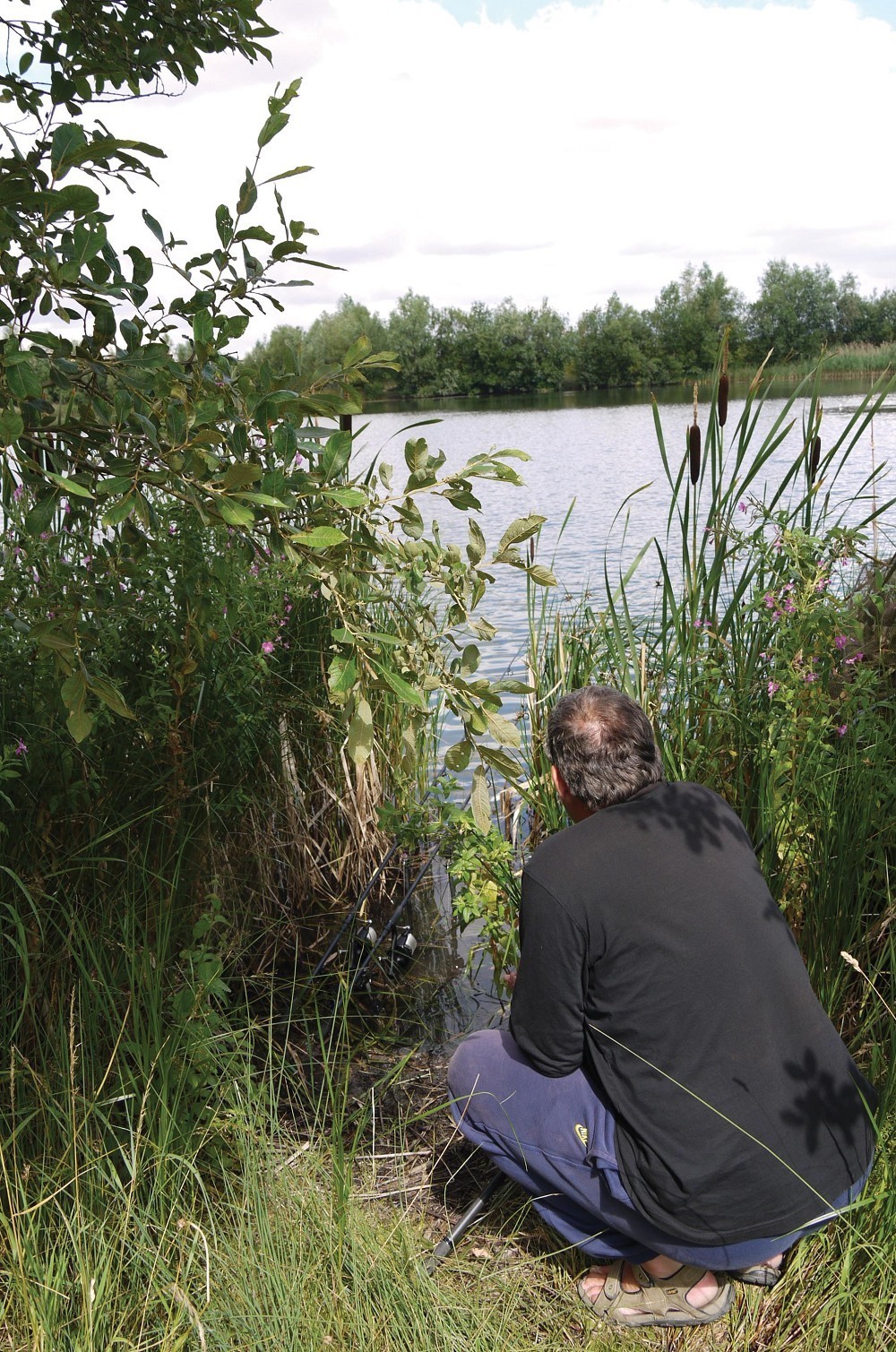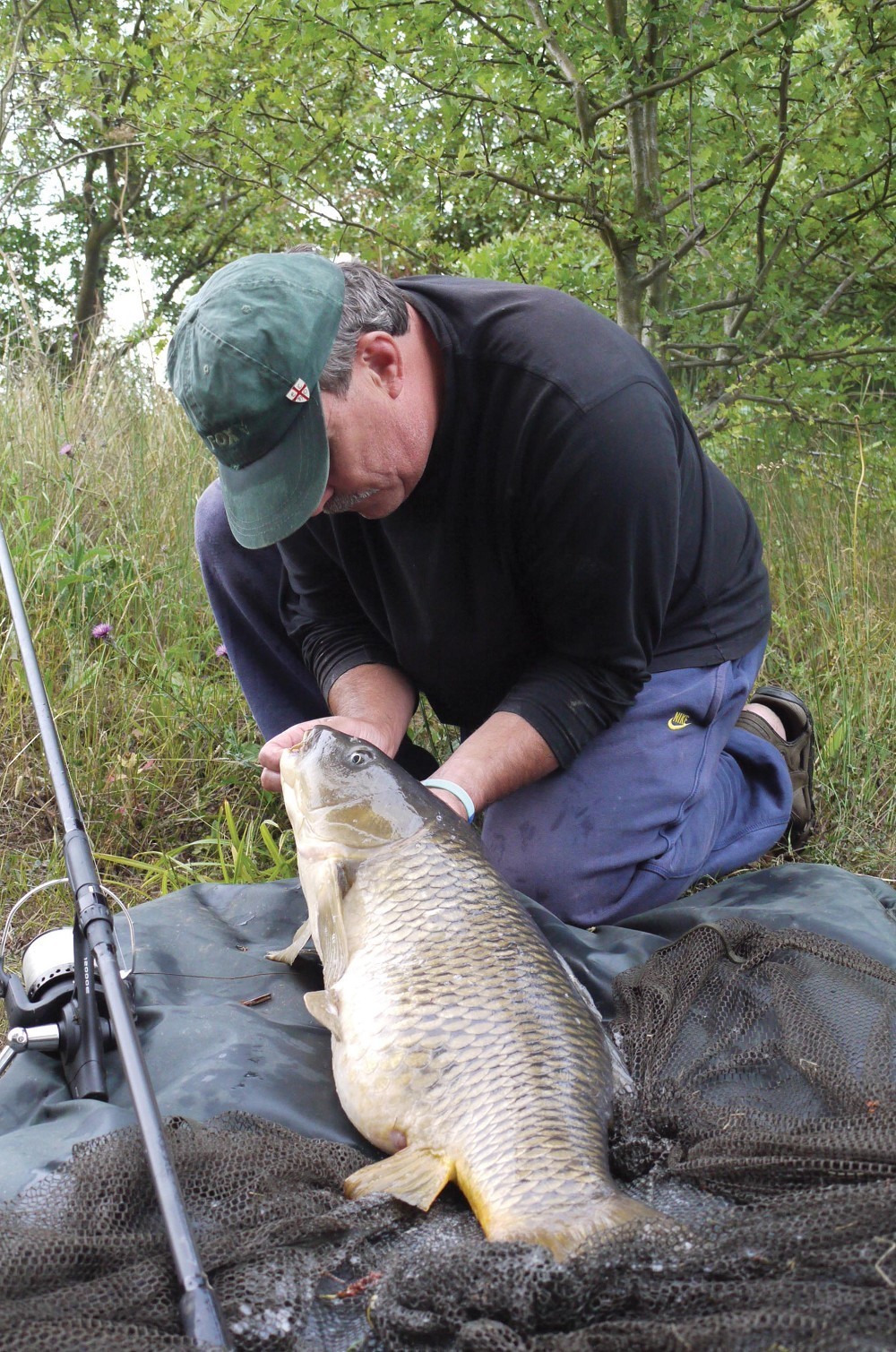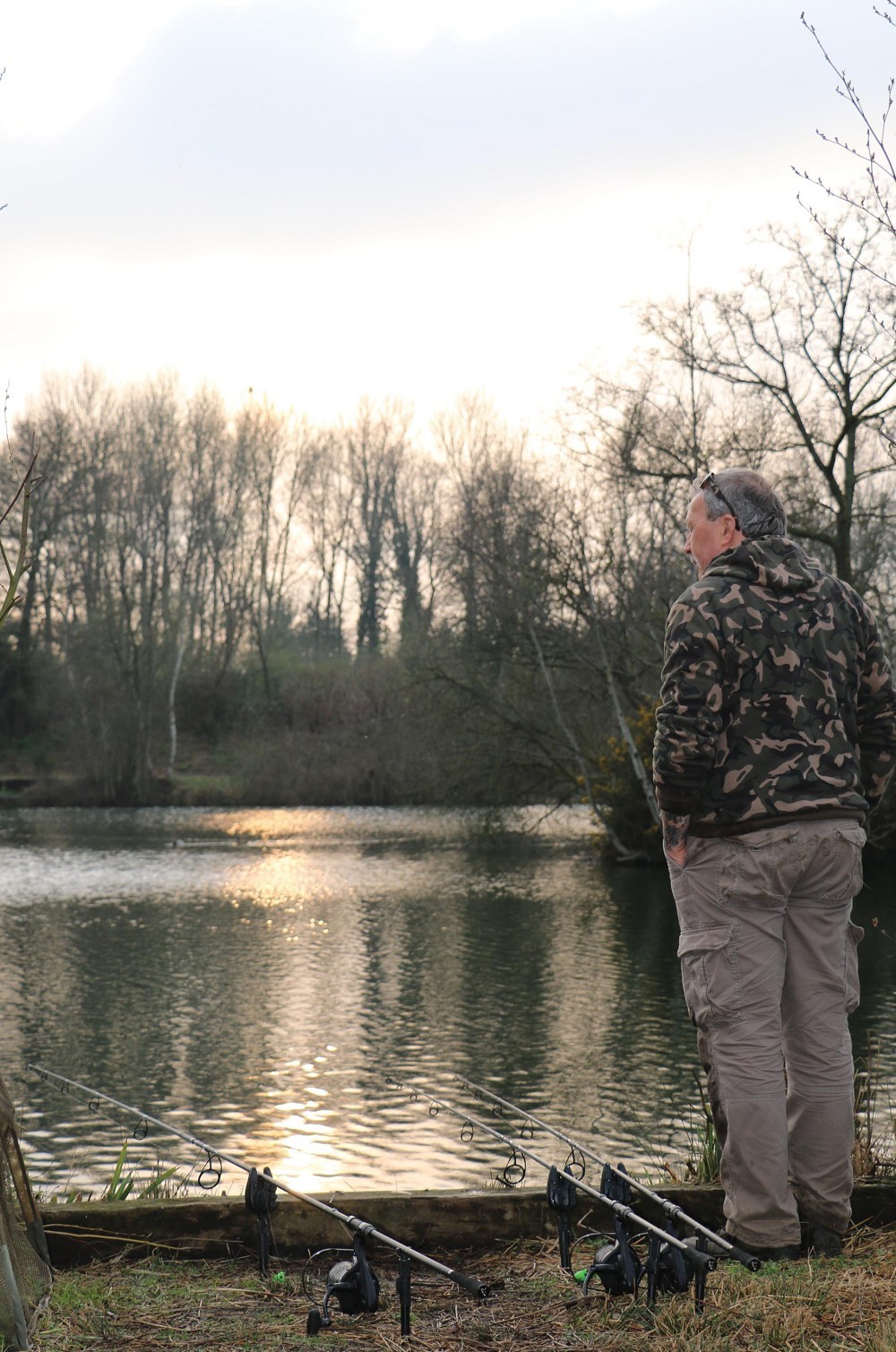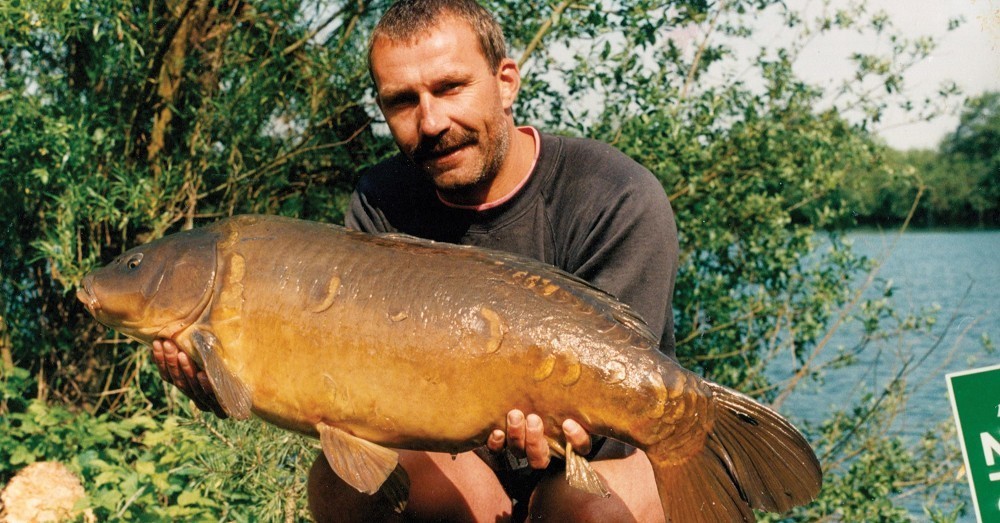
Knowledge is power!
Just my opinion of course...
Through most of my existence I have always had a thirst for knowledge. It never excited me as much knowing something worked, as it did when I knew why. The voyage of discovery that my life has been, was so much more enjoyable when I understood what was going on around me.
Now, I am not suggesting for a minute that this is the answer to all of our problems, but understanding as much as we can about the situations we are faced with is a surefire way of ensuring we get things right more often. I am also not suggesting that I am the most intelligent nerd on the planet either; far from it. You would only have to ask Lynn for confirmation of that. Pouring lobster flavouring all over my Mixers in the kitchen one day meant that the Married Quarter we lived in at the time, had to be evacuated for a couple of days… oops! I can cock things up just as well as the next man, but knowing why and being able to think your way around those problems is a massive step in the right direction.
Nothing could be more relevant than this with regards to the carp we fish for, whatever their size, location or stocking density. But as much as we can learn from the fish themselves, it can often be the people we fish with that can create and answer our brain-aching dilemmas.
Way back in the late 1980s I was fishing a very unique and historic fishery near to my Aldershot barracks. Time was not of the essence, and anything I could do to help my carp fishing dreams was grasped with both hands. There was a very interesting guy, who was and maybe still is, a much respected DEFRA scientist. I met up with him one day, and I thought he was going to explode with excitement when he told me about the bait he had devised. In a carp’s mouth there are around 54 receptors that enable them to detect food, be it taste or smell. He had put together a bait that apparently stimulated 52 of those senses… and a month later was left wondering why he hadn’t landed a fish. Bear in mind that we have only five of those senses in our mouths, and as I said to him at the time, what would it be like to walk into a room that was filled with every smell imaginable? You’d be reaching frantically for the sick bag, and legging it as fast as you legs would carry you!
There was one plus side to this, in that he had discovered the use of vitamin B12, and it was available in little glass vials from Boots the chemist. Evidently it was a great additive to the bait I was making at the time, and it seemed to work very well.
I experienced another great eye-opening moment at Horton back in 1996, when a mate of mine, Kodak, landed Son of Shoulders at 32lb from the Church Bay. Once on the mat the fish started to cough up hundreds of small fish, all about a centimetre long. Every one of them was a young pike, and more than at any other point, I realised how omnivorous a carp could be.
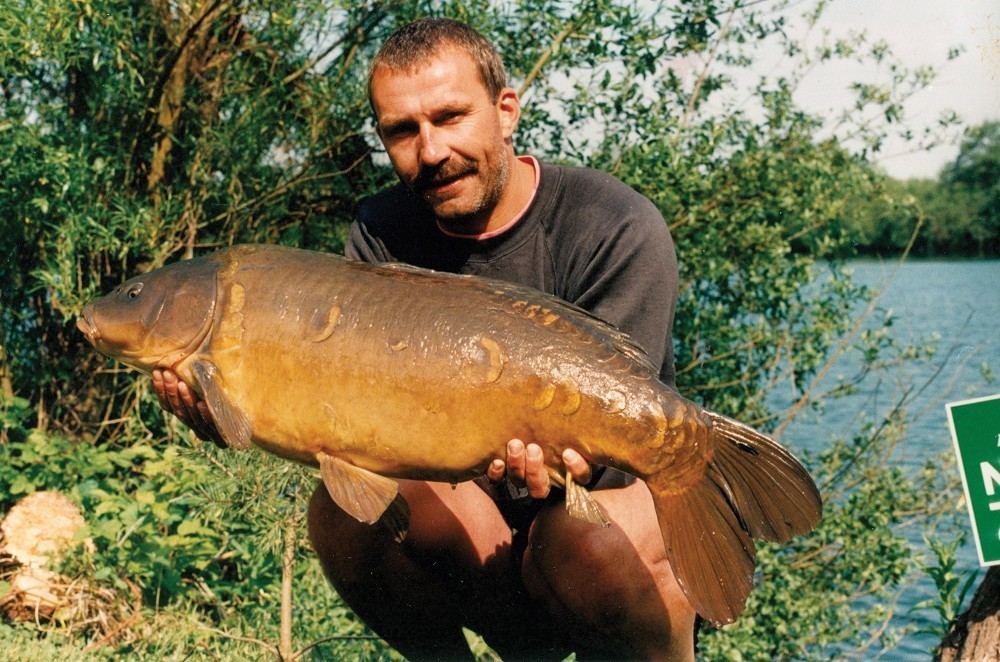 A 4ft pop-up off the lead in the thick weed, accounted for this old Horton warrior in 1996, long before the Zig was invented
A 4ft pop-up off the lead in the thick weed, accounted for this old Horton warrior in 1996, long before the Zig was inventedThere are many other situations that stir the carp into feeding, and the spawning time of other species would be a great and very useful activity. I have caught lots of great and rarely caught carp once they have been drawn into the feeding frenzies this creates. Tench and bream would probably be the most common fish they share their environment with, so it would make sense to be aware when they are feeling a little on the frisky side!
Then you can throw Daphnia into the equation, a tiny little mollusc which clouds the waters in certain situations. It is then that carp swim around rather like a basking shark with their mouths open, quite literally breathing in their food. Shrimps, snails and other larval forms spend a great deal of their existence in weed, and weed is not a two dimensional place; they could be grazing at any level depending on the height of the weed. It simply adds a third-dimension to our fishing.
I suppose the only hindrance to all of this is the angler’s limitations; how far is an individual prepared to go to exploit all the places that you can get a bite from? And just as importantly, what bait and tactics will it take to get a bite from this area. The vast majority of carp anglers prefer to fish on the bottom, which for a couple of hours of a twenty-four-hour period may be the place to be. However, the carp will be at varying depths and utilising different areas all the time.
Most things in carp fishing seem to be geared around positioning a lead and a bait on the bottom, which seems to lead to most thinking it’s the only way forward. Carp in over-populated lakes use up all their natural resources very quickly, and this can often get bites more frequently, where as in more natural environments we have to compete against what nature has provided. Something the carp can farm, and encourages feeding in a much more sustainable way… just the way carp fishing was meant to be actually!
I have often written that we need to have the will to move if necessary when fishing, but it is also a vital tactic to fish in all the varying depths and habitats our selected swim provides. It means that we need to experiment and test tackle and tactics that we may not be that familiar with. But isn’t this half the joy of carp fishing anyway? It is uncovering things for ourselves that make it so exciting. I have, over many years, tried just about everything. Some have worked and some have been discarded forever. There is one thing, however, that has stuck in my mind for good. Wherever the carp are; be that around the lake itself or at certain depths and in certain terrains, then that is where we should fish for them. In many respects the bait we use is irrelevant simply because we are fishing where the carp are prepared to feed. We live and learn! Just my opinion of course.



